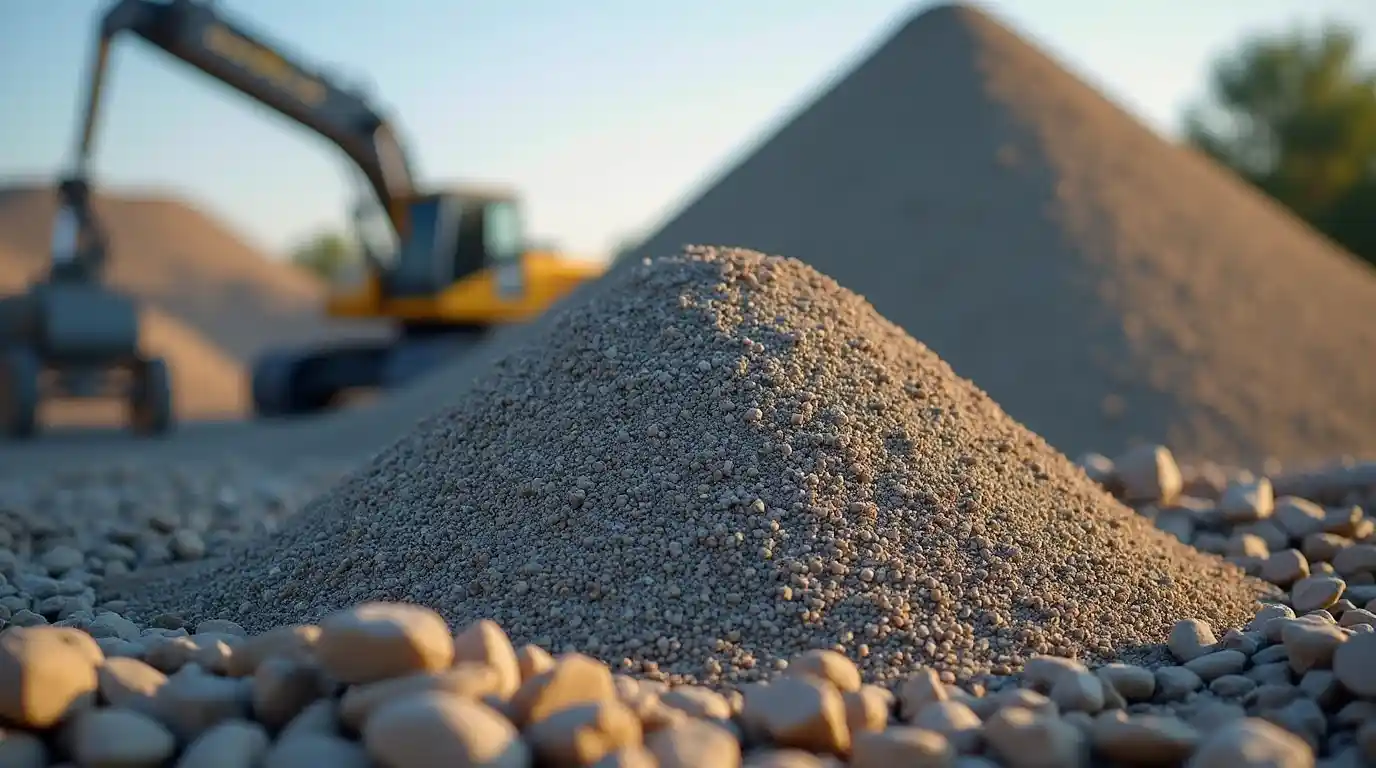Granular recovery technology is rapidly emerging as a pivotal advancement in resource recovery processes across various industries. It encompasses methods designed to enhance the extraction and recovery of materials from waste streams, thereby promoting sustainability, efficiency, and economic viability. In this article, we will explore the intricacies of granular recovery technology, its applications, benefits, challenges, and the future it holds in resource management.
Table of Contents
Understanding Granular Recovery Technology
What is Granular Recovery Technology?
Granular recovery technology refers to a suite of processes aimed at capturing, separating, and processing granular materials or particulates from various waste streams. This technology plays a critical role in mining, recycling, and environmental remediation. It utilizes advanced physical and chemical methods that enhance the recovery of valuable materials while minimizing waste.
The Science Behind Granular Recovery
The process often involves physical separation methods, including screening, classification, and filtration, or chemical treatment processes that dissolve or alter the materials to aid extraction. Granular materials, which typically range in size from a few micrometers to several centimeters, can be found in numerous forms, making this technology highly versatile.
Applications of Granular Recovery Technology
1. Mining and Mineral Processing
In the mining sector, granular recovery technology plays a significant role by enhancing ore extraction efficiency. By utilizing methods such as gravity separation and flotation, miners can recover valuable minerals from low-grade ores, leading to several environmental and economic benefits.
Case Study: Copper Recovery
Copper mining companies have begun adopting granular recovery methods to extract copper from tailings, which are the materials left over after the valuable minerals have been extracted. By processing these tailings, companies can enhance overall yield, hence reducing environmental impact and increasing profitability.
2. Recycling
Granular recovery technology is also pivotal in the recycling industry. It is employed in the separation of plastics, metals, and paper products from mixed waste streams. The use of granular separation techniques ensures that recyclables are efficiently sorted and processed, enriching the quality of the raw materials recovered.
Example: Plastic Recycling
In plastic recycling, granular recovery techniques help in separating different types of plastics based on density, size, and shape, allowing for high-quality reprocessing of materials into new products.
3. Environmental Remediation
Granular recovery technology is applied in environmental cleanup operations, particularly for contaminated soil and water. Techniques such as permeable reactive barriers and bioremediation employ granular materials to capture pollutants and facilitate their breakdown or isolation.
Application in Oil Spill Cleanup
For instance, in the event of an oil spill, granular materials can be used as absorbents to recover oil from water surfaces, promoting efficient recovery and minimizing ecological damage.
4. Agriculture and Soil Management
In agriculture, granular recovery technology can enhance soil quality and nutrient recovery through techniques such as biochar production and composting, contributing to sustainable farming practices.
Benefits of Granular Recovery Technology
1. Resource Efficiency
Granular recovery technology significantly enhances resource efficiency by allowing for the recovery of materials that would otherwise be considered waste. This not only contributes to the circular economy but also reduces the need for virgin materials.
2. Environmental Impact Reduction
By promoting effective material recovery, granular recovery technology helps reduce landfill waste, lowers emissions associated with material extraction, and contributes to overall environmental protection efforts.
3. Economic Viability
The ability to recover valuable materials from waste streams contributes directly to the economic viability of various industries. By reducing raw material costs and increasing recycling rates, businesses can bolster their bottom lines.
4. Improved Material Quality
The precision in granular recovery processes enhances the quality of the recovered materials. High-quality recyclable materials lead to better performance in manufacturing new products.
Challenges Facing Granular Recovery Technology
1. Technological Limitations
While granular recovery technology offers numerous benefits, there are technological limitations that must be addressed. Certain granular materials can be challenging to separate or recover, requiring ongoing research and innovation in this field.
2. Economic Factors
The initial setup costs for implementing advanced granular recovery systems can be substantial, posing a barrier for smaller companies. Market fluctuations and competition can also impact the economic viability of recovery projects.
3. Regulatory Hurdles
Compliance with environmental regulations can complicate the recovery processes, especially in industries like mining and waste management. Navigating these regulations is essential for successful implementation.
4. Public Awareness
In many cases, there is a lack of public awareness regarding the benefits of granular recovery technology. Fostering a greater understanding of its potential impact is crucial for driving adoption.
The Future of Granular Recovery
1. Innovations and Trends
The future of granular recovery technology looks promising, with ongoing advancements in engineering and environmental science. Innovations in digital technologies, like AI and machine learning, are expected to optimize recovery processes, enabling more efficient sorting and material extraction.
2. Sustainable Development Goals (SDGs)
As industries strive to align with the United Nations’ Sustainable Development Goals (SDGs), granular recovery technology will be essential in promoting sustainable practices. Enhanced recovery processes will contribute to responsible consumption and production, which are vital components of the SDGs.
3. Circular Economy Integration
Granular recovery technology is at the forefront of the circular economy, where waste is minimized and resources are reused. As businesses move toward more sustainable models, robust recovery systems will become increasingly important.
4. Collaborative Efforts
Future advancements in granular recovery technology may hinge on increased collaboration between industries, governments, and research institutions. By pooling resources and expertise, stakeholders can drive progress and innovation more effectively.
Conclusion
Granular recovery technology plays a crucial role in transforming resource recovery and advancing sustainability efforts across various industries. By enhancing efficiency in material extraction and promoting environmental stewardship, this technology paves the way for a more sustainable future.
Investing in research, addressing technological limitations, and promoting public awareness will be essential for realizing the full potential of granular recovery technology. As the world continues to tackle pressing environmental issues, granular recovery technology will undoubtedly remain a vital component in the pursuit of a circular economy and sustainable development.
External Resource
For more in-depth information on advancements in recovery technology and its impact on sustainability, visit the International Society of Industrial Ecology (ISIE), which provides valuable resources and research on industrial ecology and sustainable practices.

